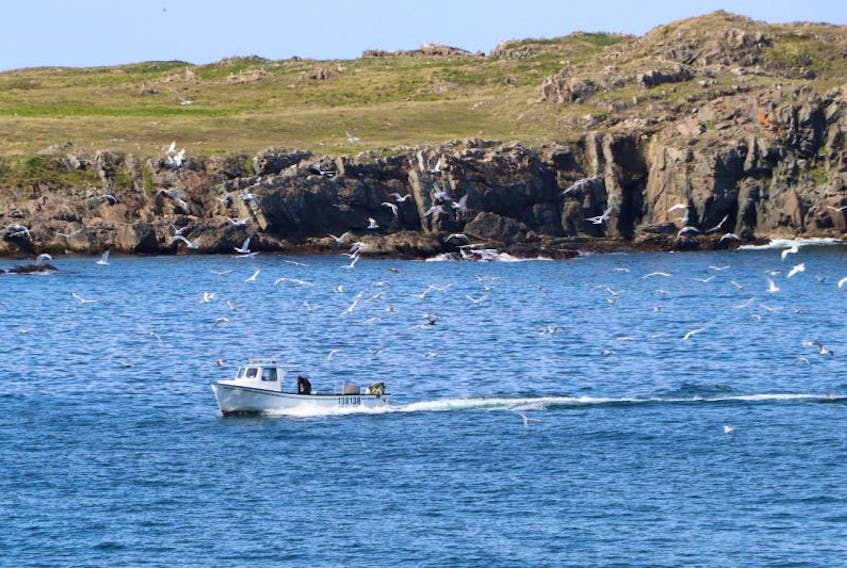Even though the scientists have only just made their point, you almost imagine the reaction coming from the fishing industry.
Fisheries scientists, writing in the Canadian Journal of Fisheries and Aquatic Sciences, suggest that the southern Gulf of St. Lawrence cod stock may be extinct by 2050, because cod five years old and older now face an annual mortality rate of 50 per cent.
The stock was already hit hard by the fishery, and collapsed in the 1990s.
But it’s still not rebounding, even after years of limited fishing, and the scientists suggest that could be because the cod congregate to spawn, and are easy targets for the Gulf grey seal population, whose numbers have grown from around 6,000 in the 1960s to 100,000 in 2014.
How many different populations in the ocean would we end up having to adjust before we even got close to recreating the order that nature used to have all by itself?
You can almost hear the suggestion — time for a seal cull. Or an expanded seal harvest.
Having started one problem, the simplistic solution is that we have to step in and try to address the new problem.
Well, no. In its own way, that’s a lot like the children’s song that starts, “There was an old lady who swallowed a fly,” except in reverse. How many different populations in the ocean would we end up having to adjust before we even got close to recreating the order that nature used to have all by itself?
Having adjusted the cod population to the point where it isn’t self-sustaining, we jump quickly to the idea of adjusting the next marine population to straighten out the results of what we did last time.
At the same time, we fail to address issues like the overharvesting of species like caplin that are food for cod.
For too long, we’ve looked at ocean ecology as simple equations: if we do A, then B will happen. In reality, the function of something as large as an ocean ecosystem is so incredibly complex that we’re really just pulling random levers to see what results.
In specific instances, we can make changes by stopping things: halting fisheries that are in trouble may help them recover, but only if the fishing effort itself is the sole problem. Often, it isn’t. Fish larvae survival, ocean temperature, food species, predators, algal blooms and seawater acidity all play roles.
Jumping in to simply try and remove seals may seem like an attractive solution, but it is also a simplistic one.
After all, this is not a simple two-sided coin: off Newfoundland and Labrador, fishers complain that strengthening cod numbers there are taking a toll on more lucrative fisheries like shrimp and snow crab.
There are many pieces of the puzzle. Solving it does not just mean taking the ones we find the most straightforward and jamming them together.
That is the kind of thinking that got us here in the first place.









